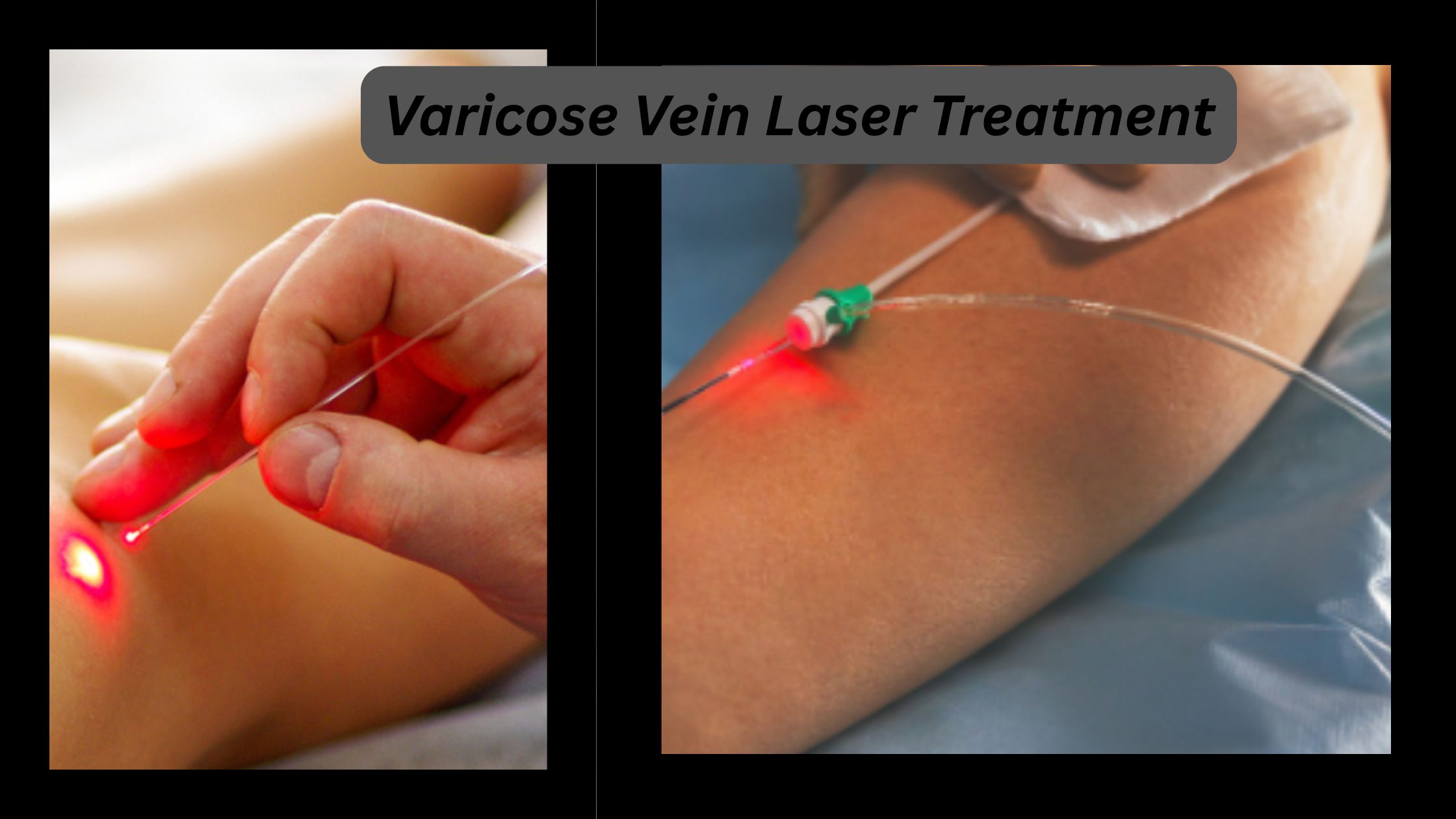Varicose vein is a common vascular situation that affects millions of people across globe. These increased, folded veins often appear blue or purple and are found in the most legs. While some cases are of just cosmetic concern, others may cause pain, swelling and more severe complications.
One of the most advanced and minimally invasive treatments for varicose vein is the endovenous laser treatment (EVLT). But when is this process recommended? In this detailed article, we will learn about what should expect during the varicose vein laser treatment, its benefits and recovery, how it works.
Understanding Varicose Veins
Before getting into laser treatment, it’s necessary to understand what varicose veins are and why they develop.
Causes of Varicose Veins
Varicose veins occur when the valves in the veins are weak or stop working, causing blood pooling and veins to become bigger. The factors contributing to their growth are:
- Genetics – A family history of varicose veins increases risk.
- Age – As we age, veins lose elasticity over time.
- Gender – Women are more prone due to hormonal changes (especially in pregnancy time).
- Pregnancy/ Obesity – Increased blood volume and pressure on veins (due to weight increase). Extra weight strains veins.
- Prolonged Standing/Sitting – Reduces proper blood circulation.
Symptoms of Varicose Veins
While some people only notice visible veins, others experience:
- Pain or heaviness in the legs
- Swelling in the lower legs and ankles
- Itching or burning around the veins
- Muscle cramps, especially at night time
- Skin discoloration or ulcers in severe cases
If symptoms deteriorate, the medical intervention may be necessary to prevent complications such as deep vein thrombosis (DVT) or venous ulcer.
What Is Varicose Vein Laser Treatment (EVLT)?
The Endovenous Laser Treatment (EVLT) is a minimally invasive process in which laser energy is used to close problematic veins. Then the body redirects blood flow to healthy veins, reducing symptoms and improving appearance.
How Does EVLT Work?
- Local Anesthesia – The area (treatment place) is numbed for comfort.
- Ultrasound Guidance – Vein specialist uses ultrasound (imaging test) to detect damaged vein.
- Laser Fiber Insertion – A thin laser fiber is inserted into the vein through a small catheter.
- Laser Activation – The laser heats the vein, from which vein collapse and seal shut.
- Blood Rerouting – Blood naturally shifts to healthier veins.
- Vein Absorption – Over time, the treated vein is absorbed by the body.
The entire procedure usually takes 30-60 minutes and patients can go home on the same day.
When Is Laser Treatment Recommended for Varicose Veins?
Laser treatment for varicose veins isn’t always the first option. Doctors consider several factors before recommending EVLT to someone.
Symptomatic Varicose Veins
If there is pain, swelling, fatigue or cramps due to varicose veins, laser treatment may be advised. First conservative treatments such as compression stockings or lifestyle changes can be tried, but if the symptoms persist, EVLT is an effective solution.
Large or Bulging Veins
Large varicose veins that are clearly emerged and cause discomfort, are the most suitable candidate for laser treatment. Small spider veins can response better to sclerotherapy or surface laser.
Failed Conservative Treatments
If compression therapy, exercise or elevations doesn’t relieve symptoms, EVLT provides a more permanent solution.
Risk of Complications
Patients at risk of bleeding, ulcers or blood clots may benefit from laser treatment to prevent further damage due to severe venous insufficiency.
Cosmetic Concerns
Although insurance does not only cover cosmetic cases, some patients choose EVLT to improve the status of emerged varicose veins.
Chronic Venous Insufficiency (CVI)
When the veins fail to efficiently return the blood to the heart, which causes inflammation, skin changes or ulcers, EVLT can restore proper circulation.
Who is not the candidate for laser vein treatment?
Although EVLT is safe for most people, it may not be suitable for the following:
- Pregnant women (hormonal changes can affect veins)
- Patients with severe arterial disease
- Those with infections or blood clotting disorders
- Individuals unable to walk or move post-procedure
A vein specialist will evaluate medical history and ultrasound before recommending treatment.
Benefits of Laser Treatment for Varicose Veins
Minimally Invasive
- Unlike vein stripping (surgical removal), EVLT requires only a small incision.
High Success Rate
- Studies show 95–98% success rate with minimal repetition (recurrence).
Quick Recovery
- Most patients resume normal activities within 1-2 days.
No Scarring
- The procedure leaves no significant scars.
Reduced Pain and Swelling
- Patients often report immediate relief from symptoms.
What to Expect After Laser Vein Treatment
Recovery Timeline
Day 1: Mild bruising or tenderness; walking is encouraged.
Week 1: Wear compression stockings to promote healing.
Week 2-4: Avoid lifting heavy weight or hard (strenuous) exercise.
Month 3: The final results appear when the vein completely dissolves.
Possible Side Effects
- Temporary bruising, swelling, or numbness
- Rare skin burns or nerve irritation (if improperly performed)
Alternative Treatments for Varicose Veins
If laser treatment isn’t suitable, other options include:
- Sclerotherapy (injection-based treatment)
- RFA Radiofrequency Ablation, its similar to EVLT but uses radio waves
- Vein Stripping (traditional surgery for severe cases)
- Foam Sclerotherapy (for larger veins)
Conclusion:
Varicose vein laser treatment is recommended for patients whose veins are large or high-risk and who have not been relieved in conservative methods. It’s a safe, effective and minimally invasive solution, with a quick recovery time. If you’re experiencing discomfort or cosmetic problems from varicose veins, consult a vascular expert to determine if EVLT is the best option for you. Initial treatment can prevent complications and improve your life’s quality.
